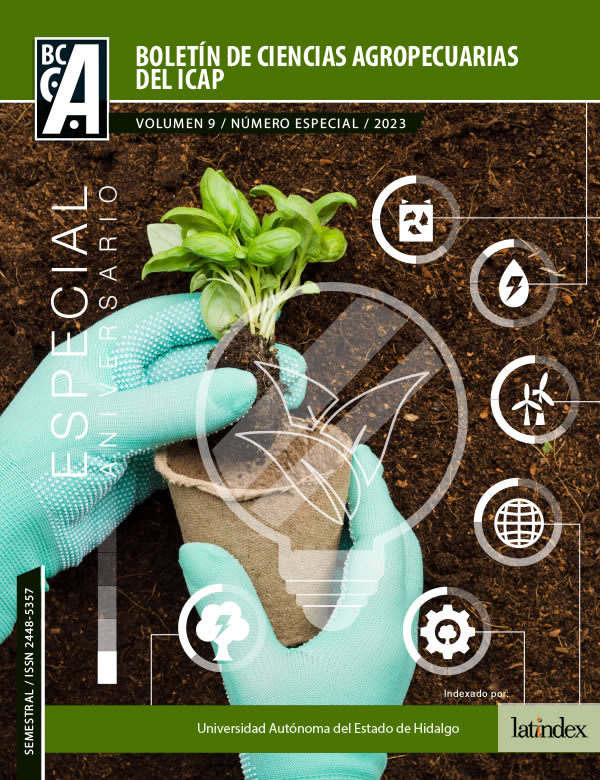Impact of climate change on photosynthesis, photorespiration and respiration of plants
Abstract
Climate change is one of the major challenges of our time by its negative impact on living organisms and on the environment. Food security could be highly threatened by reducing crop yields and damaging the ecosystems. To ensure the food availability around the world and access of healthier foods, it is necessary to understand climate change impact on plant development and how can it prevented. In this review, we discuss the effects of climate change on plant carbon metabolism. Given that, plants are autotrophs, they use an inorganic source of carbon (CO2) taken out of the atmosphere to manufacture their own food. Although some studies have shown the increase in growth and yield of some plant species caused by high levels of CO2 in the atmosphere, there are other variables associated with climate change that could have a negative influence in the plant growth, such as high temperatures and drought.
Downloads
References
Calbó J. ¿Por qué cambia el clima? los fenómenos que configuran el clima de la Tierra y los factores que explican los cambios climáticos Mètode. 2015; 87: 20-26.
Dusenge ME, Duarte AG, Way DA. Plant carbon metabolism and climate change: elevated CO2 and temperature impacts on photosynthesis, photorespiration and respiration. New Phytol. 2019; 221; 32–49.
Ballester F, Díaz J, Moreno JM. Cambio climático y salud pública: escenarios después de la entrada en vigor del Protocolo de Kioto [Climatic change and public health: scenarios after the coming into force of the Kyoto Protocol]. Gaceta sanitaria. 2006; 20 Suppl 1, 160–174.
Buchanan BB, Gruissem W, Jones RL editors. Biochemistry and Molecular Biology of Plants, 2nd Ed. Wiley-Blackwell. 2015; pp. 508-564; 610-654.
Voss I, Sunil B, Scheibe R, Raghavendra AS. Emerging concept for the role of photorespiration as an important part of abiotic stress response. Plant Biol (Stuttg). 2013; 15(4):713-722.
Ding Y, Shi Y, Yang S. Molecular Regulation of Plant Responses to Environmental Temperatures. Mol. Plant. 2020; 13(4), 544–564.
Hu S, Ding Y, Zhu C. Sensitivity and Responses of Chloroplasts to Heat Stress in Plants. Front Plant Sci. 2020;11:375.
Vurukonda, S.S.; Vardharajula, S.; Shrivastava, M.; SkZ, A. Enhancement of drought stress tolerance in crops by plant growth promoting rhizobacteria. Microbiol. Res. 2016, 184, 13–24.
Khan MIR, Fatma M, Per TS, Anjum NA, Khan NA (2015) Salicilyc acid-induced abiotic stress tolerance and underlying mechanisms in plants. Front Plant Sci; 6: 462.
Yang X, Lu M, Wang Y, Wang Y, Liu Z, Chen S. Response mechanism of plants to drought stress. Horticulturae. 2021; 7: 50.
C. Pinheiro, M. M. Chaves, Photosynthesis and drought: can we make metabolic connections from available data?, Journal of Experimental Botany, Volume 62, Issue 3, January 2011, Pages 869–882,
Copyright (c) 2023 Ma. Isabel Reyes Santamaría, Donovan Toledo Cabrera, Amaury Isaí López Santiago , Jaime Pacheco Trejo, Mariana Saucedo García, Alfredo Madariaga Navarrete

This work is licensed under a Creative Commons Attribution-NonCommercial-NoDerivatives 4.0 International License.










